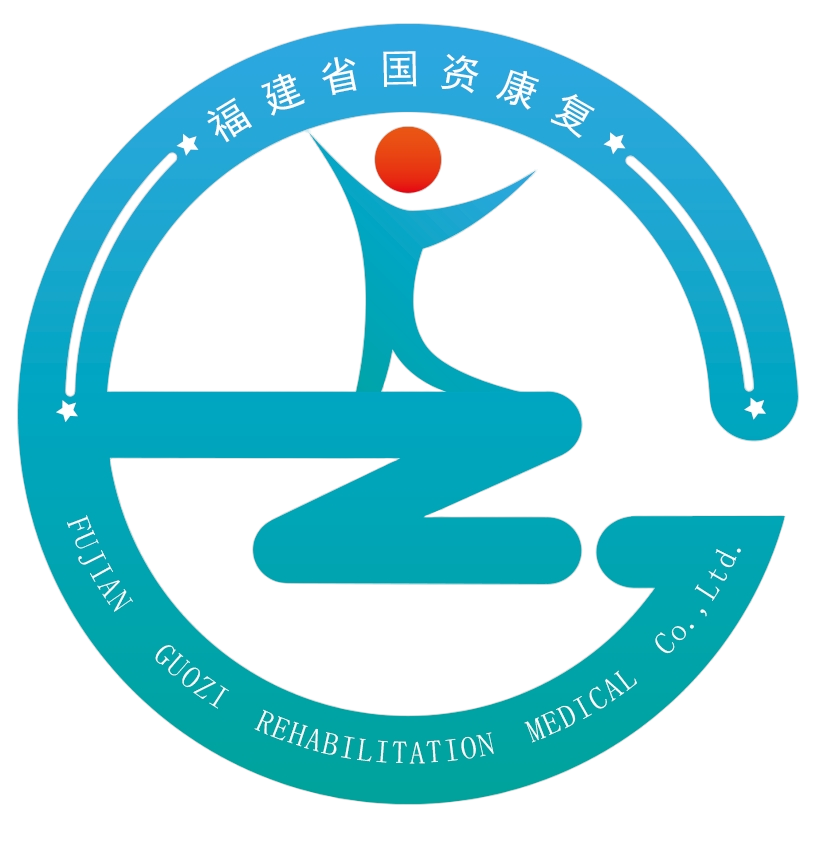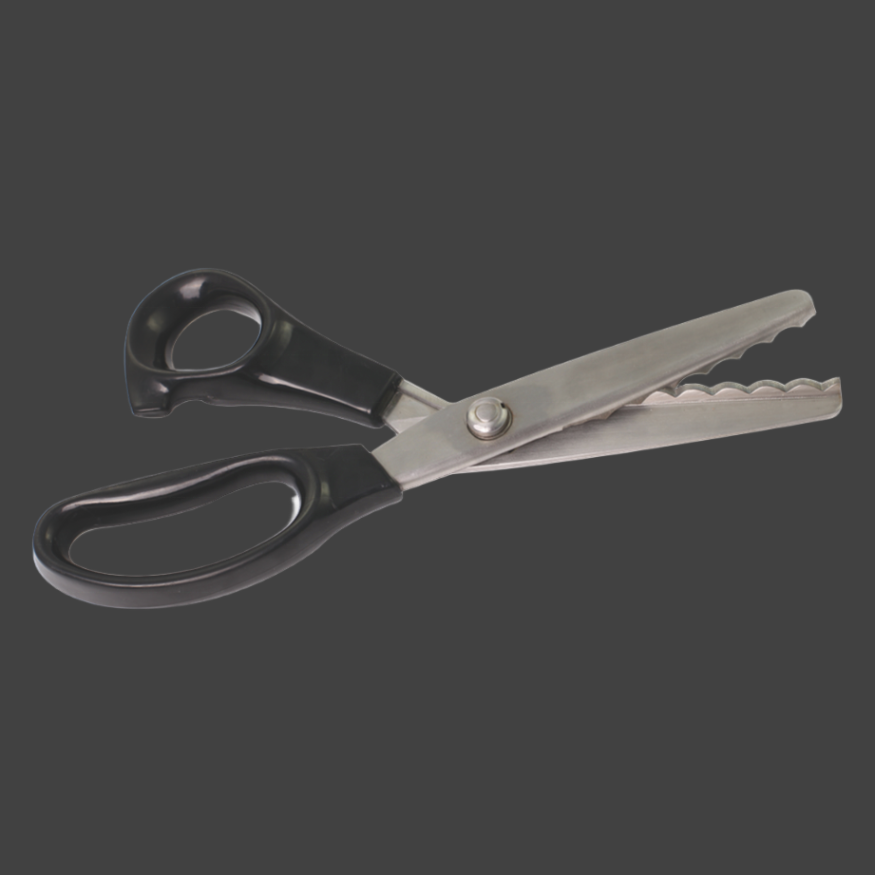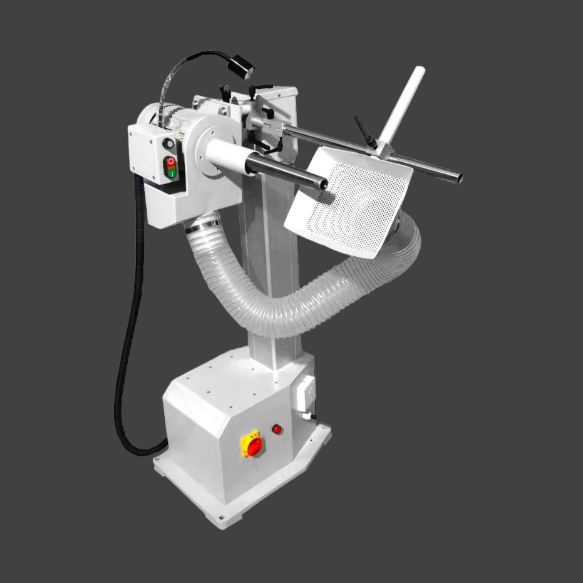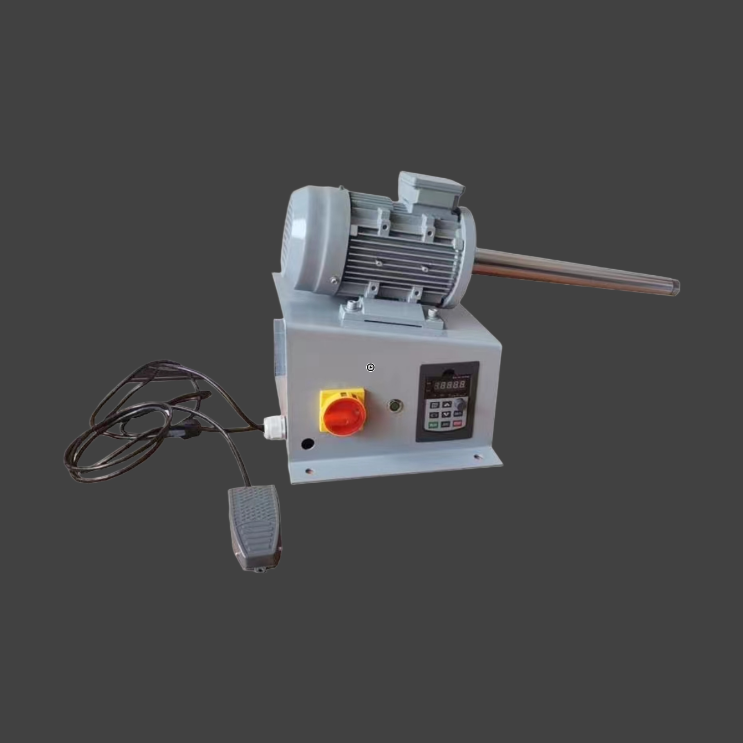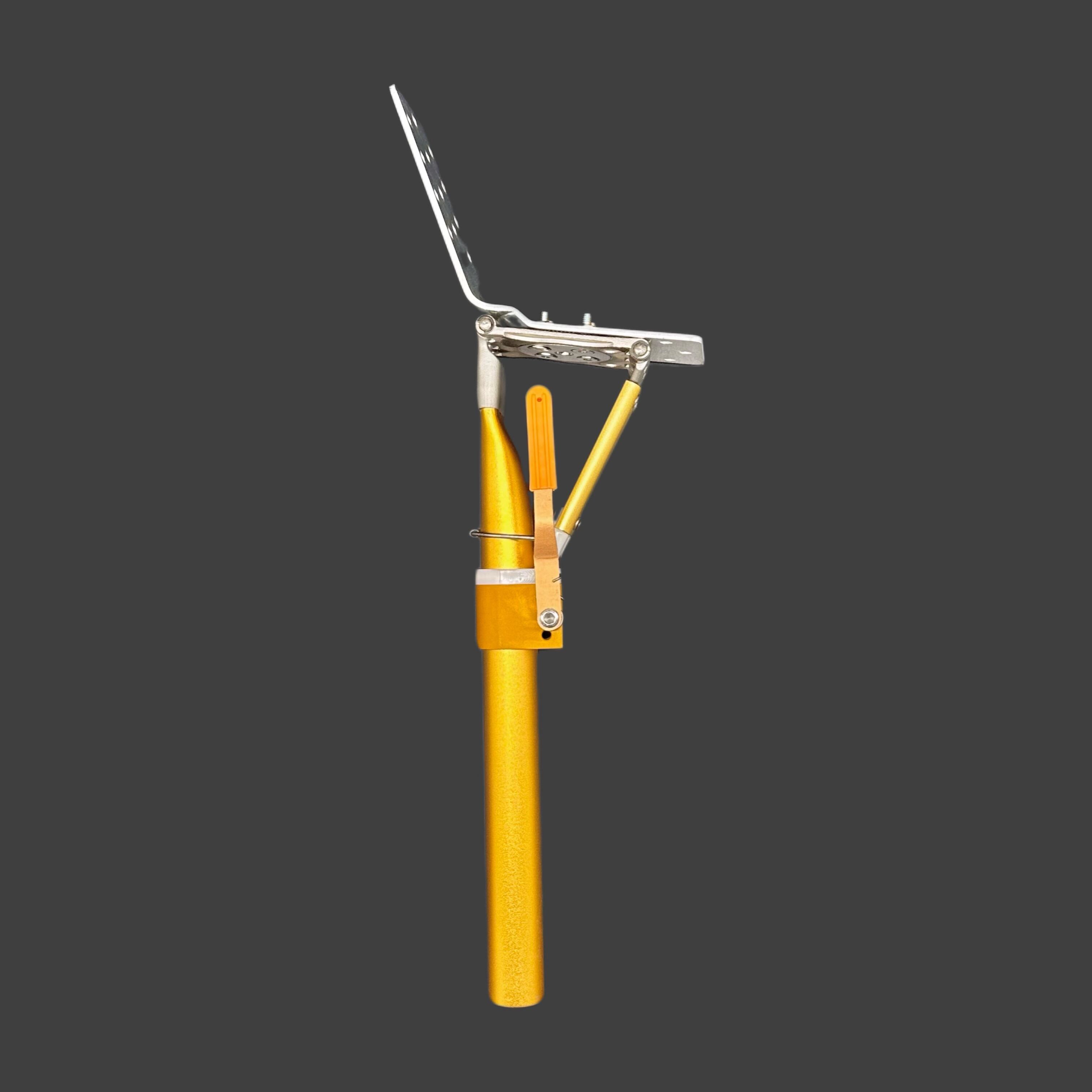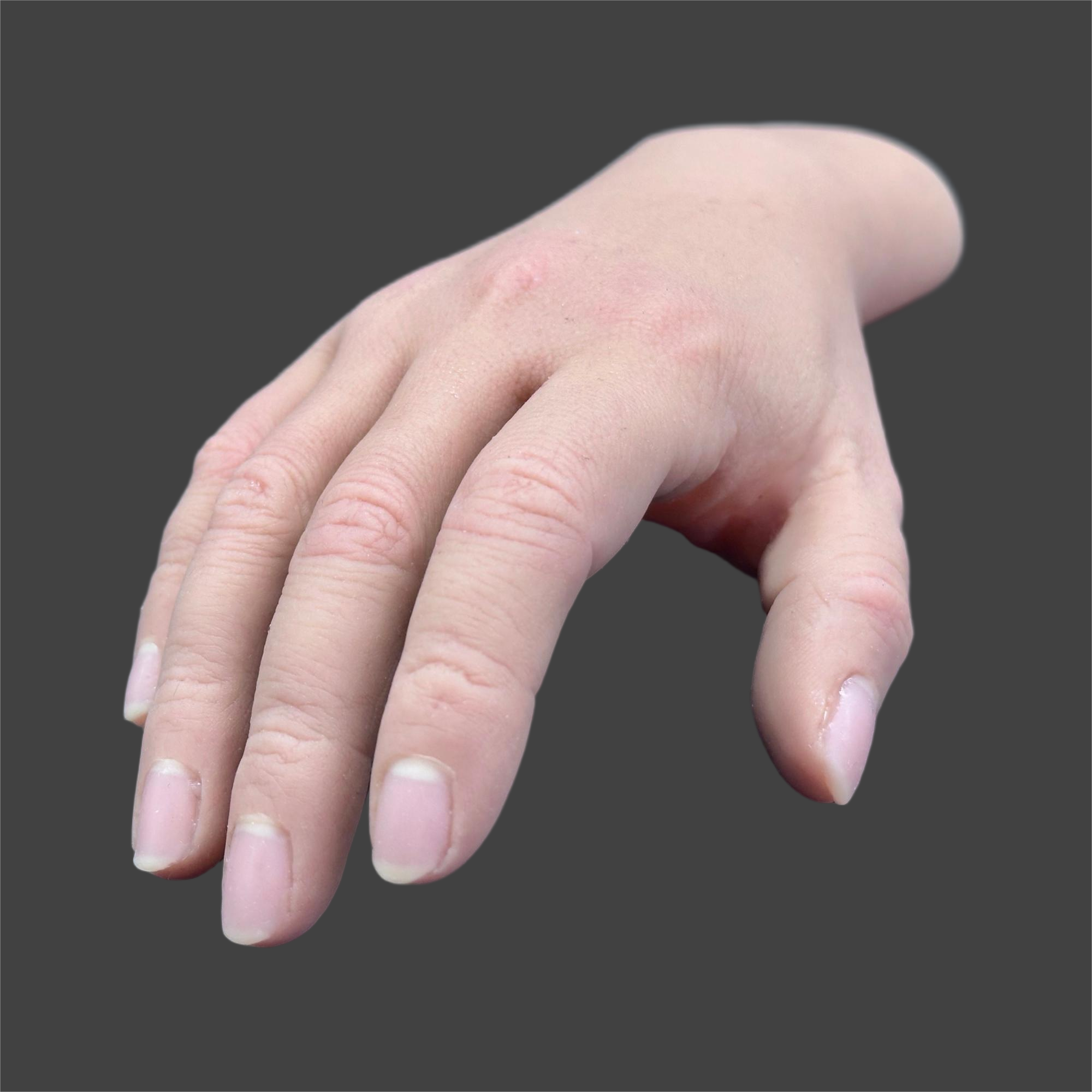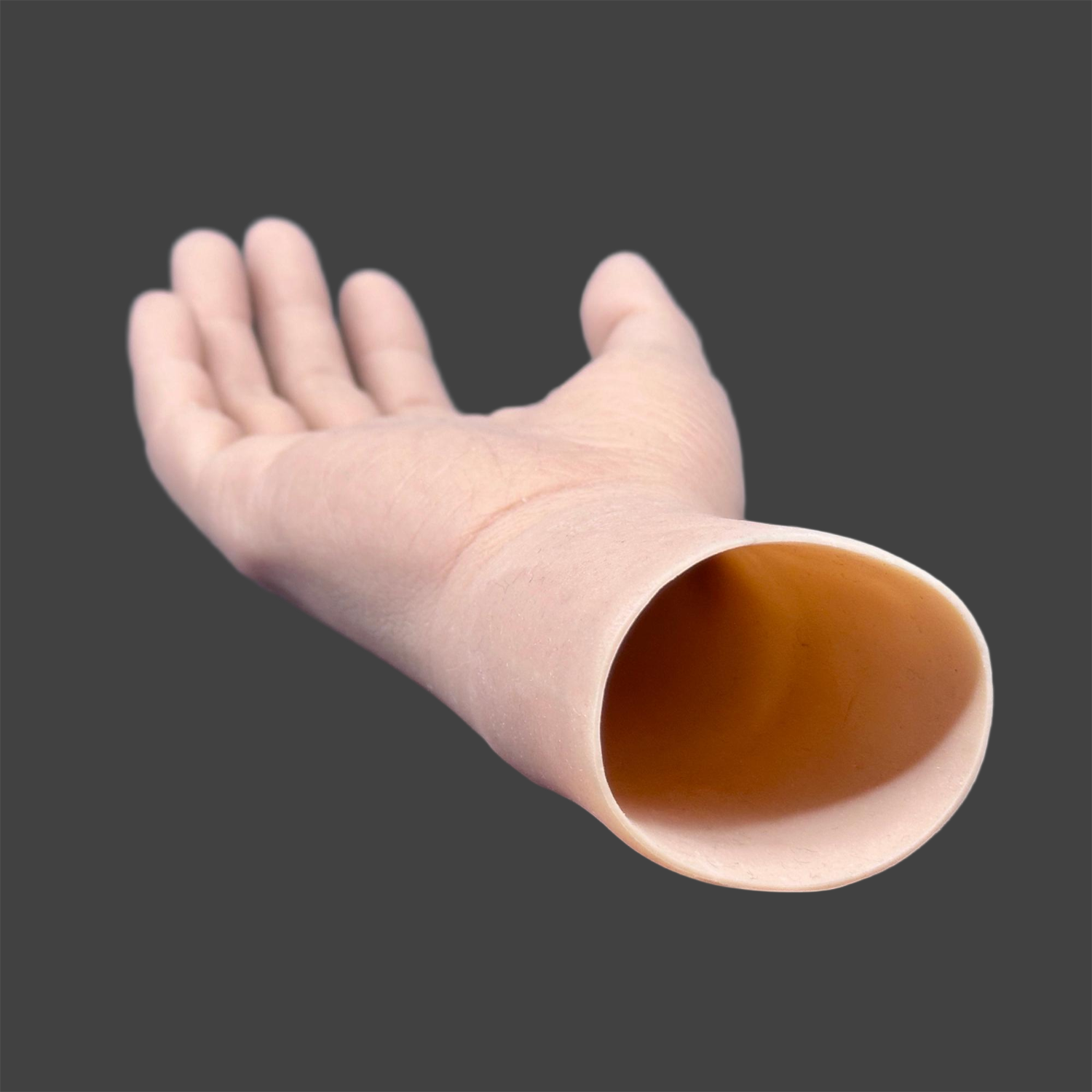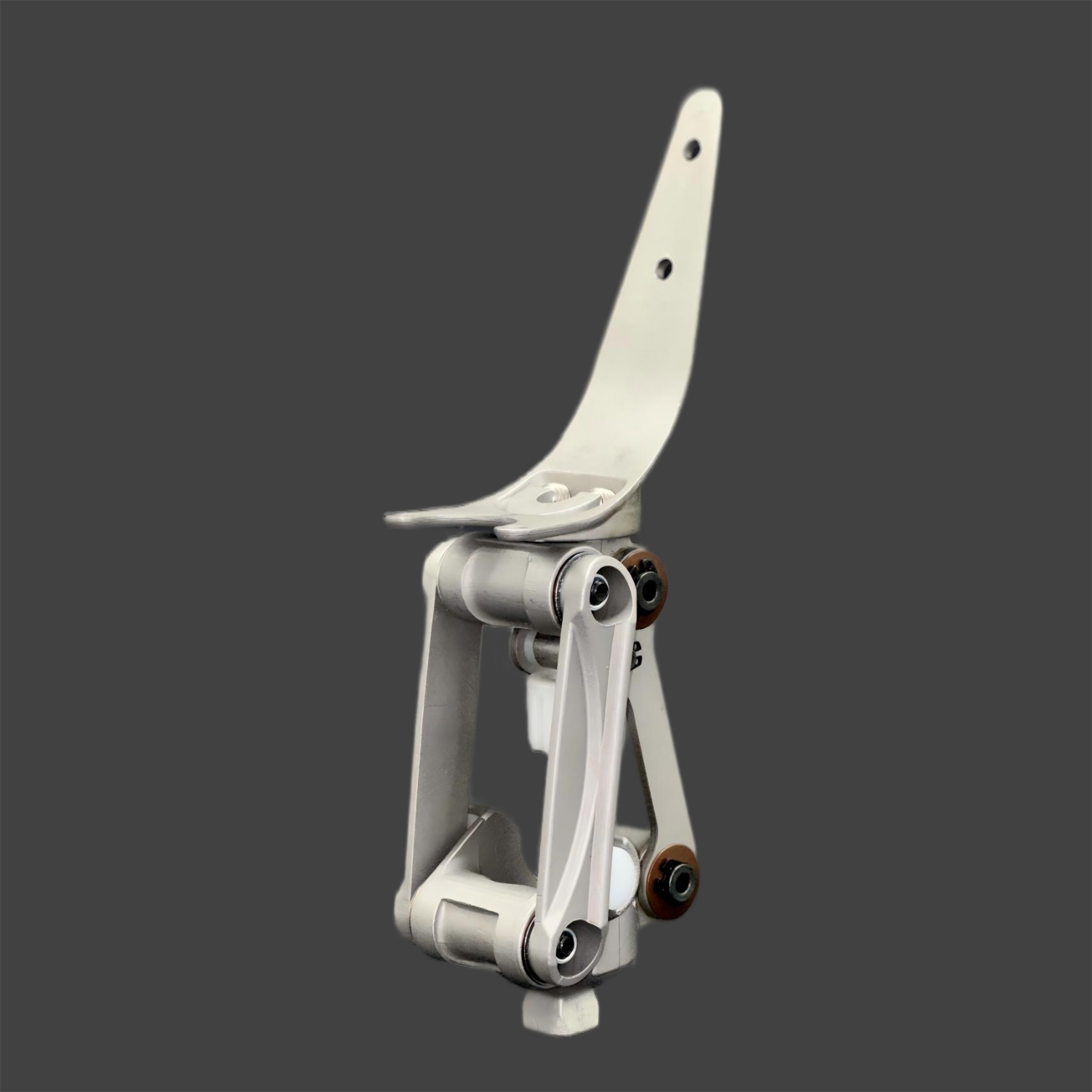Advanced Surgical Precision and Outcomes
Modern above knee amputation procedures employ state-of-the-art surgical techniques that significantly enhance patient outcomes. Surgeons utilize precise myodesis and myoplasty procedures to secure muscle attachments, creating a stable and well-padded residual limb. This surgical precision ensures optimal weight-bearing capabilities and reduces the risk of post-operative complications. The procedure incorporates careful nerve handling techniques to minimize neuroma formation and phantom limb pain. Advanced imaging technology guides surgical planning, allowing for optimal bone length determination and soft tissue management. These technical refinements result in a residual limb that's better suited for prosthetic fitting and long-term functional success.


